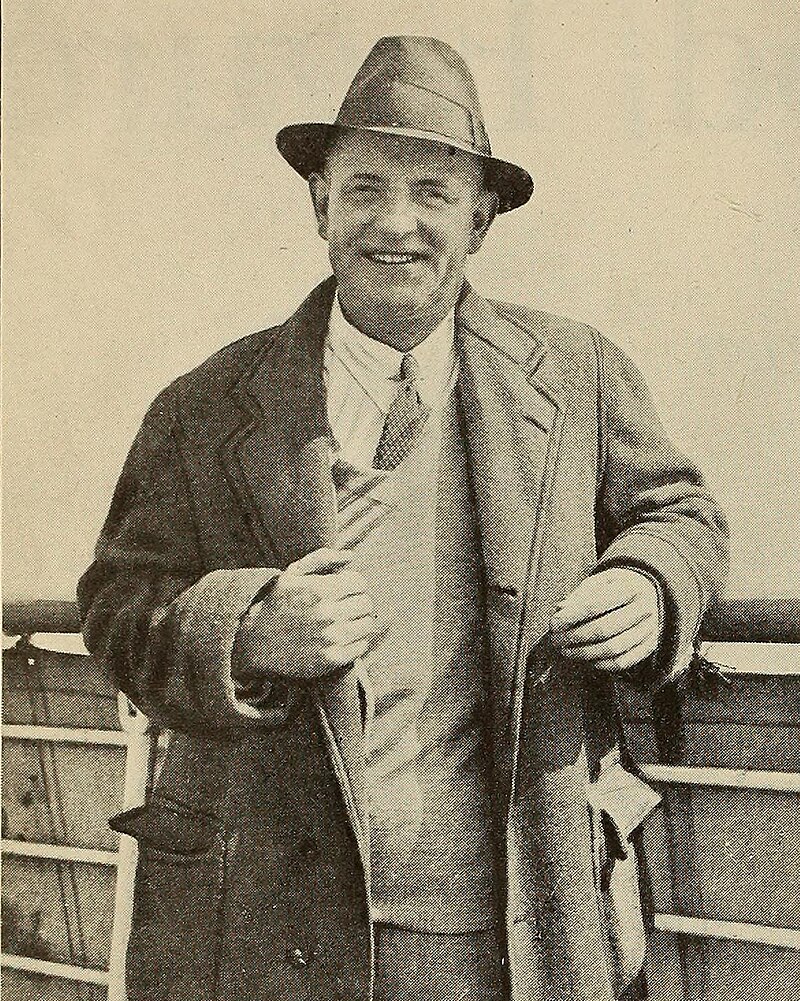
During this time, he had prepared his own lengthy speech, a philippic the equal of Cato’s addresses against Carthage. Everything about her was fake and phony. She was a cheat and a liar and a bad woman. She was a threat to goodness, and, inasmuch as silicone was made from sand, she was a menace to the continued existence of the world’s beaches.
[Disclaimer: The book under consideration here, City of Angles, was referred to me by a friend, and I received a free review copy from the author.]
Billy Rosenberg is a struggling Hollywood writer. On the strength of one successful novel he moved to California to work in the movies. But his career is struggling. He’s painfully aware, in a town where presentation is everything, of the impression he makes with his cheap shoes and rattletrap car.
So he’s surprised when beautiful, surgically-enhanced actress Vincenza Morgan (originally Kelli Haines of Eagan, Minnesota) sits down at his table in a coffee shop and talks to him. Vincenza is, in fact, scared. Her career had seemed about to take off, thanks to an indie film she just helped produce. She’d gotten A-list star Tom Selva to star in it, thanks to their mutual membership in the International Church of Life (think Scientology), the most powerful force in town. Everything looked great, until she opened her car trunk and found Selva’s corpse stuffed inside.
She knew she ought to call the police, but she was on her way to an audition, and the First and Greatest Law of Hollywood is you never blow off an audition; being dead would only be a marginal excuse. And now she thinks she’s being tailed by agents of the Church in a van. She could really use a place to stay tonight…
City of Angles is a comedy of manners – but it’s dark comedy, and the manners are Hollywood manners. The chief thing one learns in this story is that nobody ever says what they mean. Candor is kryptonite. One honest word might undermine the whole town and slide it into the ocean. The plot works out happily, though – depending on what you mean by “happily.” Which leaves the reader with things to consider.
I’m a sucker for a Hollywood tale – I’ve felt the city’s attraction but am very far from having the nerve to challenge it face to face. So I enjoyed City of Angles, which was expertly written and packed with sharp innuendo. [One technical error I noted was that the author places Burnsville High School in Eagan, Minnesota rather than in Burnsville where it belongs both in logic and fact. I can only assume that locations have been changed to protect the innocent.]
Recommended, with cautions for grownup stuff.






